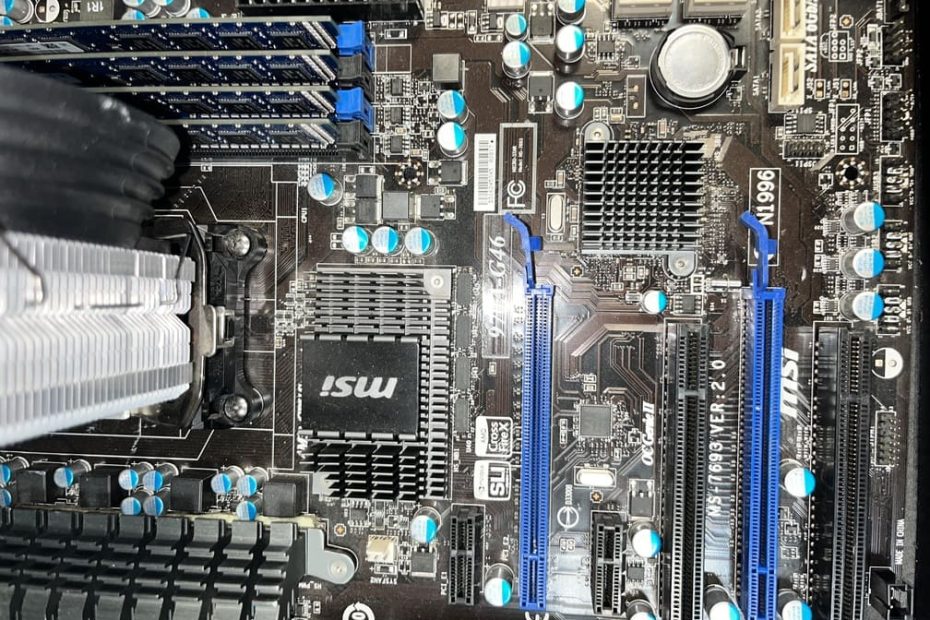Stationary computers
Desktop computers are designed to work on or near a desk. They are usually larger and more powerful than other types of PCs. The main component, called the system unit, is usually a rectangular box that sits on or under the desk. Other parts such as the monitor, mouse and keyboard connect to the system unit.
Laptops
Laptops are light, mobile and have a thin screen. Laptops can run on batteries, so they can be carried anywhere. Unlike desktop computers, laptops combine the CPU, screen and keyboard in one box. When not in use, the screen folds over the keyboard.
Tablet PCs
Tablet computers, also known as personal digital assistants (PDAs), are battery-powered computers small enough to be carried almost anywhere. They are useful for scheduling meetings, storing addresses and phone numbers, and playing games. Some have advanced features such as phone calls or internet access. Instead of a keyboard, tablet computers have touchscreens that you use with your finger.
Additional devices
Additional devices connect to the computer system, adding functionality. Examples include a mouse, keyboard, monitor, printer and scanner. A computer's add-on devices are those that connect to the computer but are not a core component of the computer. The main elements of a computer are the CPU, the power supply, the motherboard and the computer case, which contains these three components.

